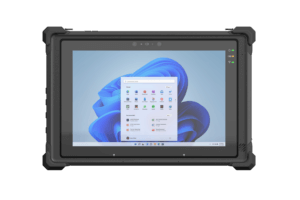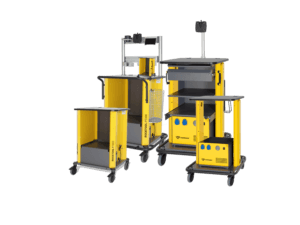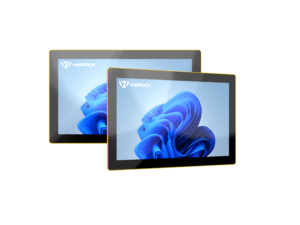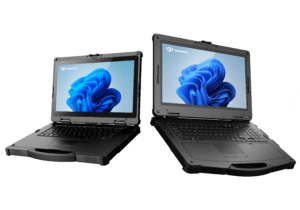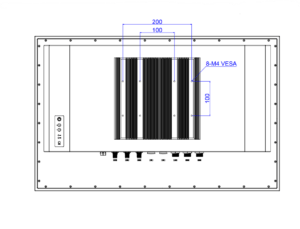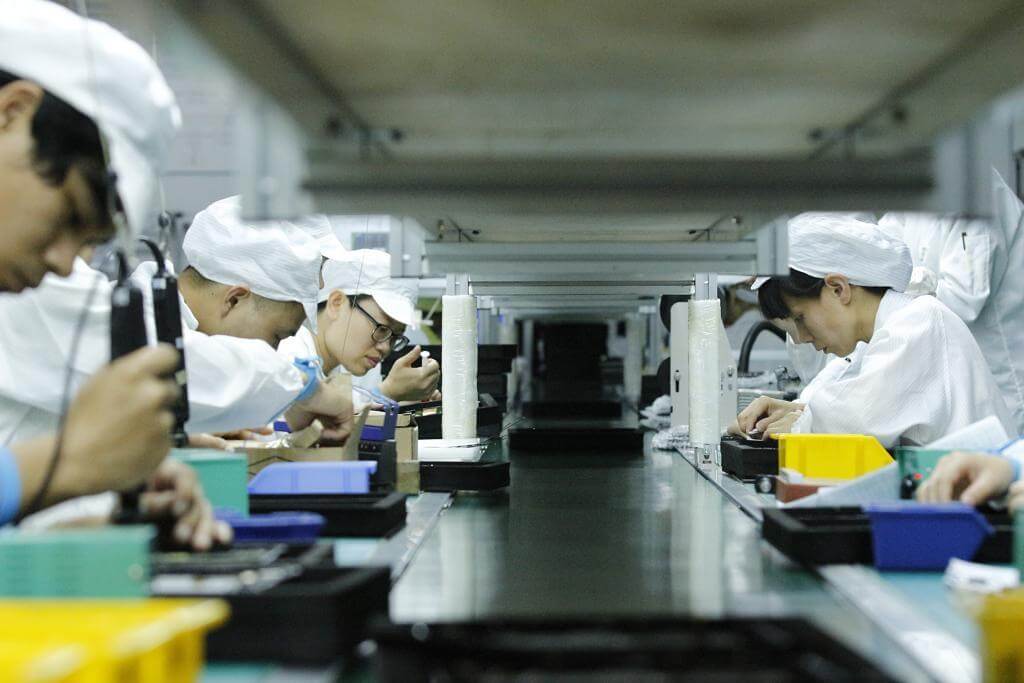High product quality is crucial for our customers. In this article, we show you how we guarantee this by setting high standards. To do this, we also show concrete standards and regulations that not only we, but also our business partners, carefully adhere to in all production processes.
Pre-qualification of suppliers
Before we start working with a new supplier, we put it through its paces. After all, the reliability of suppliers and thus the security of the entire supply chain is essential . Even before we decide to cooperate with a supplier, the supplier must undergo extensive prequalification.
This measure is intended to ensure that our fundamental requirements regarding safety, sustainability, the environment, social and other aspects along the value chain are realized by the supplier so that risks can be proactively minimized.
Suppliers have to answer selected questions, provide information about themselves, provide evidence or certificates for this, etc. However, our supply chain management is not limited to such assessment: We visit the factories (within the scope of possibilities), to convince ourselves of the qualification issues in an on-site audit.
By assessing production standards on-site, we can confirm with greater certainty that suppliers actually meet the standards promised and actually perform as stated.
Requirements
While we do not disclose all of our supplier requirements, we would like to at least specifically address two important international standards that play a critical role in increasing and maintaining our product quality. We require both ISO 9001 and ISO 14000 certification from our suppliers.
Quality management according to ISO 9001
A basic requirement of ours for production partners or product suppliers is that they are ISO 9001 certified. ISO 9001 is the most widely used national and international standard in quality management. It specifies the minimum requirements for a company’s quality management system (QMS), the core of which is the optimization of processes. The general goal is that the overall company performance is constantly optimized with the help of this “tool” and that customer requirements are not only met, but also exceeded if possible. The methods include, for example:
- Recognize and direct linked activities,
- Clearly define the responsibilities of an employee,
- Train employees to perform their duties to the best of their ability.
Should there still be errors and weaknesses , ISO 9001 provides detailed instructions on how to analyze, correct and prevent them in the future. ISO 9001 is based on seven quality management principles that are intended to serve as guidelines for an organization’s QMS. Those who systematically consider, follow and implement these principles make a significant contribution to improving the overall performance of their organization:
- Principle: Customer orientation. Customers should be at the center of every activity of the company; their needs should be satisfied in the best possible way.
- Principle: Leadership. Managers at all levels should align the company with the requirements of the market and use appropriate measures to encourage employees to make an active contribution as individuals to achieving the company’s goals.
- Principle: Relationship management. The company should have a trusting and open relationship with its partners or interested parties – e.g. suppliers – because they are interdependent.
- Principle: Involving people. People or employees are the determining factor for the success of the company. Therefore, they should be recognized, empowered and promoted, and their needs should be seriously considered.
- Principle: Improvement. It is essential to always keep an eye on the sustainable improvement of the overall performance and thus the further development of the company. For this purpose, one should continuously question oneself and never become satisfied.
- Principle: Process-oriented approach. Work processes are to be continuously optimized so that all required resources for respective activities are efficiently and reasonably compiled and used in a target-oriented manner.
- Principle: Fact-based decision-making. The precise, thorough and practical analysis of data and information, should serve as the basis for corporate decisions . D t is only through this that reliable knowledge can be gained about the diverse interrelationships between processes and facts that are fundamental to the decisions.
ISO 9001 ultimately helps an organization to continuously improve its product and service quality, increase employee work efficiency, improve responsiveness, and ultimately compete successfully. ISO 9001 certification is a guarantee of an effective QMS within an organization. Therefore, we require that production partners be able to provide the ISO 9001 certificate to cover our minimum quality requirements. If the supplier cannot provide this certificate, he must credibly demonstrate that he is striving for it and is actively working towards it.
Not only do we make demands on others, but also on ourselves. We have set ourselves the goal of also becoming ISO 9001 certified as quickly as possible. In 2020, we laid the foundation for this, which included the following elements: central online file management, the uniform naming structure across all programs, centralized app management via Online Workspace Hub, the intranet, and a wiki system that serves as a QM manual.
Together for the environment: ISO 14000
Another ISO standard – ISO 14000 – is the globally accepted and applied standard for environmental management systems, which is also compatible with ISO 9001. It provides a framework that a company or organization can implement to establish an effective environmental management system for itself. The standard provides assurance to management, employees, and external stakeholders that the organization’s environmental impacts can be measured, its environmental performance improved, and environmental goals achieved. Central elements of ISO 14000 are:
- Plan ning: Definition of environmental goals and matching measures, responsibilities and procedures;
- Implementation: Implementation of the defined measures and procedures;
- Control: Review of responsibilities, procedures and measures with regard to the environmental goals and guidelines (so-called “environmental policy”) of the organization;
- Improvement: Adjustment of responsibilities, procedures and measures as well as, if necessary, environmental goals and guidelines.
Particular attention should be paid to the fact that companies are increasingly integrating environmental protection into all functions and processes, intensively involving employees and emphasizing actual environmental performance.
We cooperate primarily with production partners who have voluntarily introduced an environmental management system and are ISO 14000 certified. We require factories that are not ISO 14000 certified to provide evidence that they are environmentally conscious or have active and feasible plans to take steps to protect the environment. In this way, we want to ensure that all stakeholders work together for a better future for our planet.
Ongoing auditing
We regularly check with each delivery whether the delivered goods also meet our requirements. Everyone can make a mistake, and even a trained eye can miss a mistake. Although in the factories in the Far East already a quality control is made, we make again in Germany a final inspection before we send a product to you and without exception with each individual device. A fluctuating product quality is usually noticed directly.
As part of our continuous improvement process, we are in regular contact with our suppliers to optimize workflows, streamline processes and, in particular, improve environmental standards.


